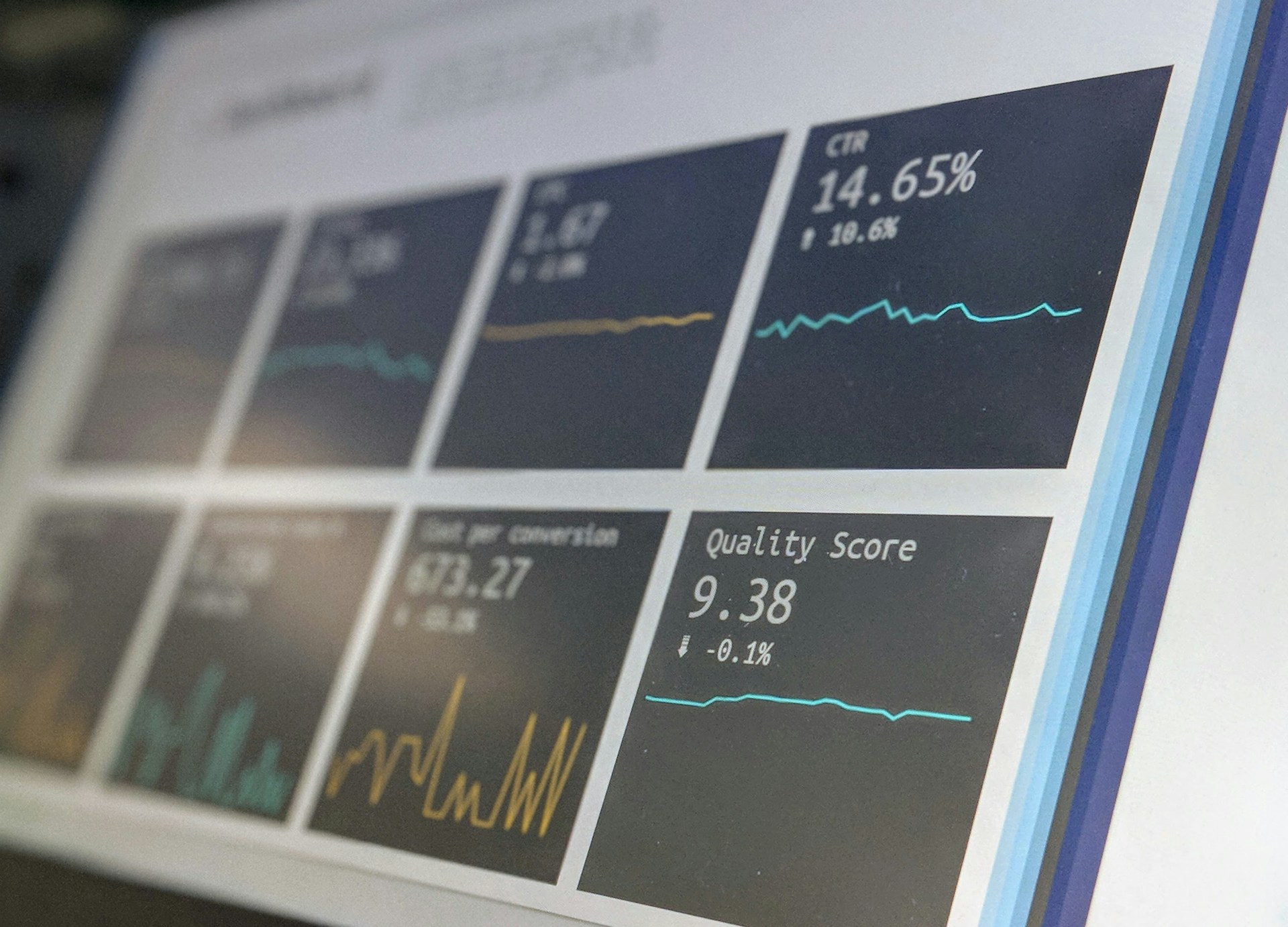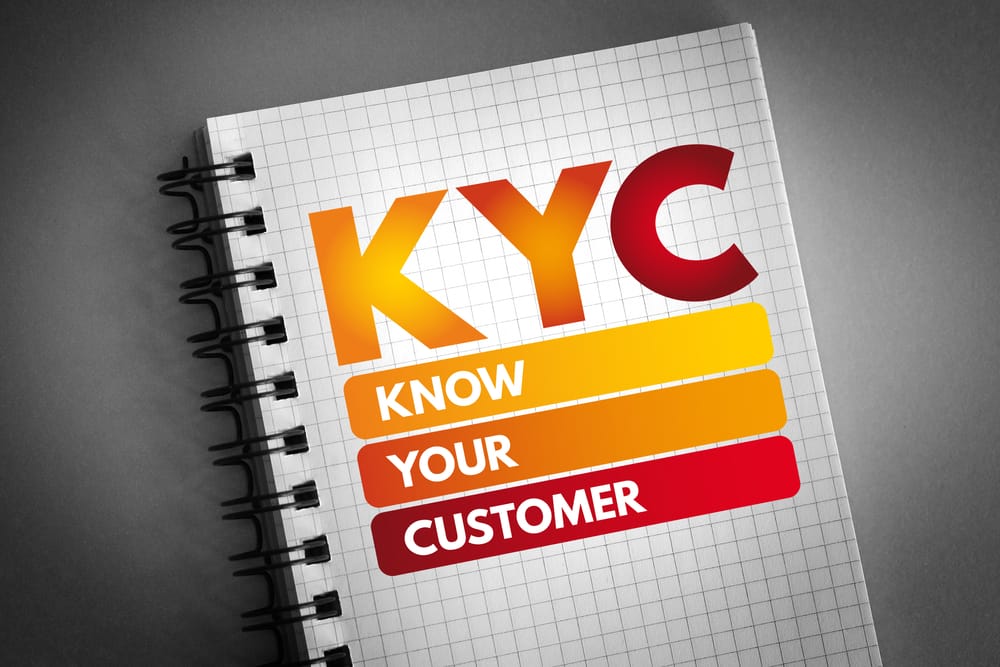Customer Identification Procedures (CIP) have long been a cornerstone of regulated industries like financial services and real estate. But for the businesses implementing them, the experience can feel like a balancing act—managing compliance obligations, maintaining security, and delivering a seamless customer experience.
Fast forward to 2025, and technology is reimagining how businesses handle CIP. By replacing manual workflows with scalable, digital-first solutions, companies can verify customers more efficiently, prevent fraud, and ensure global regulatory compliance—all while keeping the customer journey smooth and secure.
The Manual Method: A Customer’s Perspective
Imagine this: a customer walks into a branch office to verify their identity. They’re armed with multiple documents—government-issued ID, proof of address, and perhaps even supplementary paperwork. A staff member painstakingly photocopies each piece, manually inputs the data into a system, and cross-references it with additional sources.
For the customer, the process is tedious and time-consuming. For the business, it’s an operational bottleneck. Manual CIP methods are prone to:
- Delays: Processing times can stretch from hours to days.
- Errors: Manual data entry increases the risk of inaccuracies.
- Fraud Risks: Human oversight often fails to detect sophisticated forgery or tampering.
This traditional approach, while once sufficient, is increasingly out of step with modern customer expectations and regulatory demands.
The 2025 CIP Experience: Seamless and Scalable
Now, imagine a different scenario. The same customer initiates the process from their smartphone. They upload a photo of their government-issued ID and snap a quick selfie. Within seconds, advanced technology verifies the document’s authenticity, matches the selfie to the ID, and cross-checks the data against trusted sources like global sanctions lists.
For businesses managing hundreds—or thousands—of customer verifications, this shift to digital CIP is transformative. Two key innovations are leading this change:
Turnkey Solutions for KYB and KYC
Modern CIP platforms are built to handle both Know Your Business (KYB) and Know Your Customer (KYC) needs. These solutions are designed to scale, offering:
- Automated Data Validation: Verifications are completed in seconds, reducing wait times and manual effort.
- Multi-Jurisdictional Support: Compliance with global regulations becomes seamless, even for businesses operating across multiple regions.
- Biometric Verification: Facial recognition or fingerprint matching adds an extra layer of security, ensuring that identity fraud is mitigated at the source.
Scalability Without Complexity
Unlike legacy systems, digital CIP solutions don’t require complex custom builds. Turnkey options like iComply’s KYB and KYC modules allow businesses to roll out fully compliant identity verification systems quickly, without sacrificing flexibility or security.
Building a Smarter CIP Process
A smarter CIP process isn’t just about speed—it’s about trust, security, and adaptability. In a digital-first approach, businesses can:
- Enhance Security with Advanced Technology: AI and biometric tools identify anomalies, verify documents, and flag high-risk profiles in real-time.
- Ensure Data Privacy Compliance: Privacy-first architectures, such as edge computing, process sensitive customer data locally, meeting regulatory standards like GDPR and CCPA.
- Reduce Costs and Complexity: By automating processes, businesses can lower operational expenses and eliminate redundant workflows.
For companies like Dye & Durham, where large-scale customer verifications are routine, these advancements make CIP not only a compliance task but also a strategic advantage.
CIP as a Customer-Centric Opportunity
The days of viewing CIP solely as a regulatory hurdle are over. In 2025, businesses recognize that customer identification is a touchpoint to build trust and loyalty. A seamless onboarding experience shows customers that their data is secure and their time is respected.
By adopting scalable, digital solutions, organizations can enhance their CIP processes without compromising on compliance or the customer experience. The result? Faster, safer, and more reliable identity verification that aligns with both business goals and customer expectations.
In an industry where trust is paramount, turning CIP into a streamlined, secure process is a powerful way to differentiate your business and build lasting relationships.





